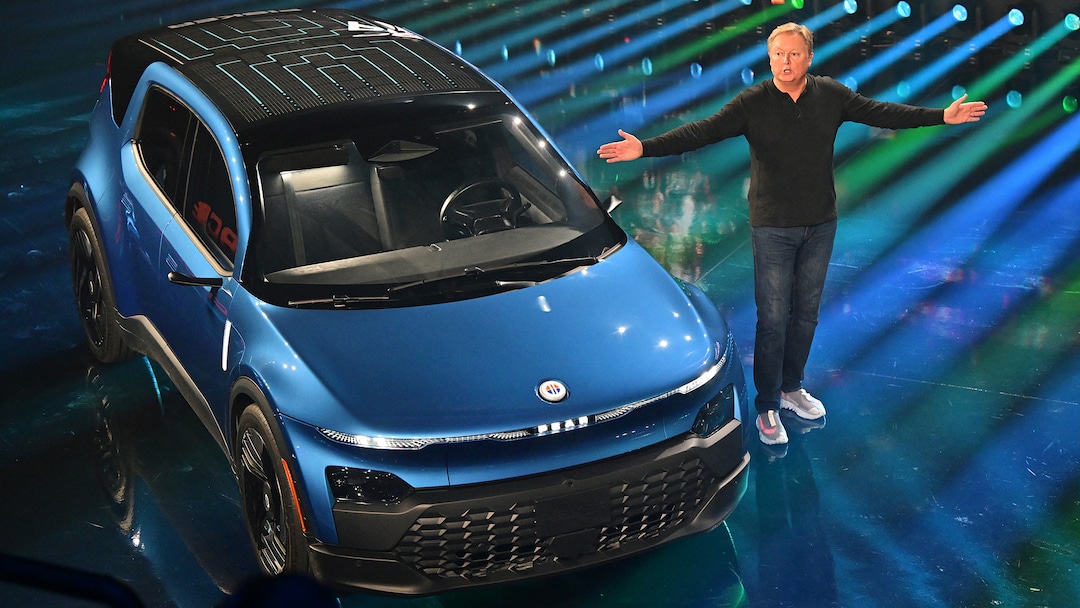Fisker’s Financial Challenges and Future Outlook
The road for Henrik Fisker as an independent automaker might be coming to a close once again. Recently, Fisker released its Q4 2023 earnings report, revealing a concerning outlook for the future. The automaker has admitted that without securing an investment partner soon, dire financial straits may ensue.
Current Model Releases and Financial Status
In August 2023, Fisker unveiled three electric vehicles (EVs), including the Pear crossover, the Alaska truck, and the Ronin four-door convertible GT. The Pear is anticipated to be released in mid-2025, while the Ocean-based Alaska truck has an ambitious target of December 2024. Despite previous optimism from Fisker regarding the company’s future, the recent earnings report presented a contrasting view of a challenging year.
Challenges Faced Over the Past Year
Fisker stated, “2023 was a challenging year for Fisker, including delays with suppliers and other issues that prevented us from delivering the Ocean SUV as quickly as we had expected.” Furthermore, the company encountered unexpected headwinds in establishing a direct-to-consumer sales model across North America and Europe. Thus, Fisker transitioned to a “Dealer Partner” model that would offer no-haggle pricing, although this shift is still a work in progress.
Q4 Performance Metrics
Fisker’s Q4 2023 gross margin was -35 percent, resulting in a loss of $1.23 per share during that period. For the entirety of 2023, Fisker managed to produce only 10,193 Ocean SUVs, with just 4,929 units delivered. It is noteworthy that the Ocean has not been on sale for an extended period, yet the marketing efforts have been modest. Consequently, the Ocean was never positioned as a serious competitor to market leaders like the Tesla Model Y in 2023.
Financial Outlook
Ultimately, these circumstances have contributed to a troubling financial forecast for Fisker. The automaker has revealed “substantial doubt about its ability to continue” following an assessment of its 2023 financial statements. As per the earnings letter, the company is in discussions with a “large automaker” to secure an investment and maintain operations.
Potential Partnerships
While details regarding the potential partner remain undisclosed, a report from Automotive News indicates that Nissan may be the automaker in question, with a possible investment exceeding $400 million in Fisker’s truck platform and a partnership to construct the Alaska pickup. However, negotiations are still ongoing, and no agreements have been finalized. The earnings letter made it evident that without an investor, Fisker’s survival is uncertain.
Resource Constraints
Fisker’s current resources are insufficient to meet its requirements over the next 12 months. The automaker articulated the necessity of seeking additional equity or debt financing, with no assurance of success in such efforts.
Workforce Reductions and Strategic Adjustments
Even if Fisker successfully secures an investment partner, the company plans to reduce its workforce by 15 percent. This move primarily relates to the shift from a direct-to-consumer sales approach to a dealer-partner model. Job cuts will likely affect Fisker’s internal consumer sales team. Furthermore, Fisker has confirmed that no external expenditure on upcoming projects will commence until an original equipment manufacturer (OEM) partnership is secured. Consequently, the launch of the Fisker Pear is effectively delayed until another automaker can help offset production costs.
Conclusion
This moment represents a pivotal juncture for Fisker, with an uncertain future ahead. Manufacturing vehicles poses significant challenges, and Henrik Fisker is acutely aware of these realities.





